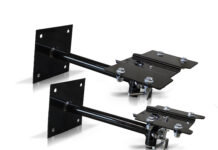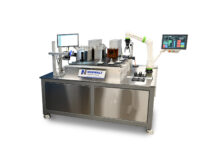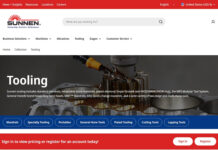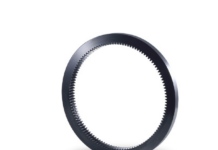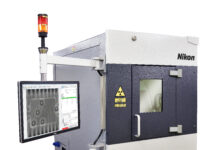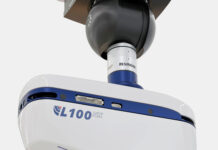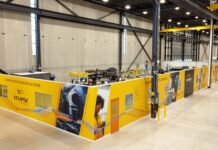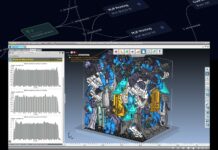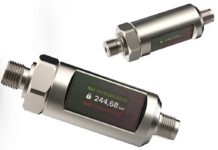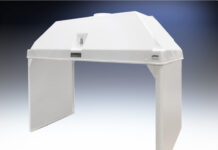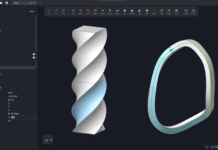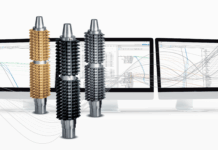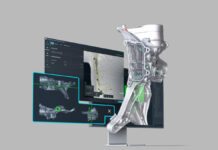Process optimization is critical for improving productivity, increasing output, and eliminating waste in your plant. Cost reduction is another benefit of industrial process optimization. Process optimizations should be conducted on the basis of hard data. Time and motion studies are a great tool to aggregate comprehensive and exhaustive data on industrial processes.
Time and Motion Study
Time and motion studies are among the fundamental tools managers can use to measure the efficiency of plant operations. Frederick Winslow Taylor, the pioneer of scientific management, introduced time study in manufacturing. Frank and Lillian Gilbreth introduced a motion study. Time and motion studies are performed on predictable and repetitive actions that take place in your plant.
Time study measures the time taken to complete each process in the plant. Motion study analyzes the distinct motion a worker performs to complete the task. Any complex task can be broken down into a smaller, simpler set of movements called Therbligs. The time for the complete process and for each Therblig can be measured and recorded. Video cameras can also be used for observation in both cases – for workers and robots.
Time and motion studies are used to set the expected operating times in the manufacturing industry. They are used to standardize the motion and time taken to perform a task. In addition, they are performed on a large number of workers performing the same process. In modern factories, the performance of automated robots can also be analyzed with time and motion studies.
Keep in mind the variances that could occur when different employees perform the same task. Fatigue experienced by employees plays a role in how they conduct the process. Any other external factors like delays in raw materials can also have an impact on the time taken to complete the process. It’s important to consider personal, fatigue, and delay factors (PFD) in observations to adjust the observed times.
The Next Steps
The purpose of conducting time and motion studies is to optimize industrial processes. You need to analyze the findings from these studies. The analysis has to be performed on each individual task. This analysis should lead to identifying ways to improve the time taken to perform the task. Similar analysis has to be done for Therbligs of the process.
A key metric to be calculated is standard time. It is the time taken for a normal worker to perform the task in standard conditions.
Standard time = Normal time x (1 – Allowances)
Normal time is the time taken by a worker to complete the task at a normal pace. Allowances are used to account for scheduled and unscheduled breaks.
The analysis of the output of time and motion studies has to be done on two different scales, the micro, and the macro scales. Analyzing each Therblig to identify ways to improve the motion and reduce the time taken to perform tasks is micro analysis. Analyzing the overall range of motion and the time taken to perform the process is macro analysis. Macroanalysis has to be performed first. If the overall motion scheme of the process has to be altered for improvement, there is no point in analyzing each Therblig.
Need and benefits
The reasons for, and benefits of performing time and motion studies are:
- Analyze how efficiently work is performed in your facility
- Identify ways to improve production efficiency
- Unearth hidden flaws and weaknesses in your industrial process
- Pinpoint inefficient allocation of resources
- Efficiently plan production schedules
- Create a target and time-based incentives
- Improve inventory management
- Reduce overall production cost
Best Practices
The following are some best practices you need to consider while performing and analyzing time and motion studies in your plant.
- Make sure no time and motion studies have been done prior to you. If there are, refer to the old studies before performing your study.
- Set clearly defined goals and objectives before performing time and motion studies. The defined goals and objectives determine the processes that need to be studied. It could be increasing the speed of processes or eliminating unnecessary actions. You need to have the goal defined in qualitative and quantitative terms before the studies are conducted.
- The person conducting time and motion studies should have relevant knowledge and experience in conducting these studies. Industrial engineers with experience of performing time and motion studies are generally tasked with undertaking it. Consulting companies that specialize in time studies can also be chosen to perform the study at the plant.
- Speak to the worker whom you will be observing before the study commences. Make them feel comfortable and build rapport. Speak open to them about the reason for the study and how the study will be performed. You need to explain that the outcome of the study will in no way affect the worker.
- Identify a clear physical set point that triggers each Therblig. The process you are observing is made up of many Therbligs. Grabbing objects, touching some points, etc, during the process are perfect trigger points.
- Identify if the worker you are observing is deliberately performing the tasks slowly. You can ascertain this by enquiring the work efficiency of the worker with supervisor, coworkers, etc. If you identify that is the case, adjust the recorded observations accordingly.
- Typical personal, fatigue and delay factors (PFD) lie in the range of 5-10%. You need to incorporate this factor into your recorded observations.
- The last step of the process should lead to the trigger point of the first step since you are observing repetitive processes. If this doesn’t happen, you have not observed and timed the process correctly. In this case, it’s highly recommended to do it all over again.
- If a worker performs tasks faster than the rest of the workers, you need to ensure the pace of the work is normal for that particular worker. You need to adjust this in the recorded time.
- Perform macro analysis of time and motion studies before microanalysis to save time. Because, if the overall motion scheme of the process has to be altered for improvement, there is no point in analyzing each Therblig with microanalysis.
- Don’t obstruct the worker performing the task. You are there to observe how the process is carried out in normal circumstances. Your presence should not be a hindrance to the worker performing his duty. Avoid annoying those being timed.
- Take advantage of the law of large numbers. Observe and record multiple repetitions of the process. Your findings will eventually approximate close to the true average of observations.
- Try to use decimal minute watches to measure and record time. Most decimal minute watches go up to the third decimal of minutes measurement. This makes calculations easier.
Tick … Tock …
Time and motion studies are widely used in manufacturing facilities to evaluate the productivity and efficiency of industrial processes. These studies are commonly carried out by experienced industrial engineers. They observe and measure each movement of the worker or robots performing the task. This data can be used to analyze the processes for avenues for improving the motions performed to complete the task. Avenues to reduce the time to perform the task is another outcome of the analysis. Adhere to all possible best practices for optimal results.
About the Author
Bryan Christiansen is the founder and CEO of Limble CMMS. Limble is a modern, easy-to-use mobile CMMS software that takes the stress and chaos out of maintenance by helping managers organize, automate, and streamline their maintenance operations.






